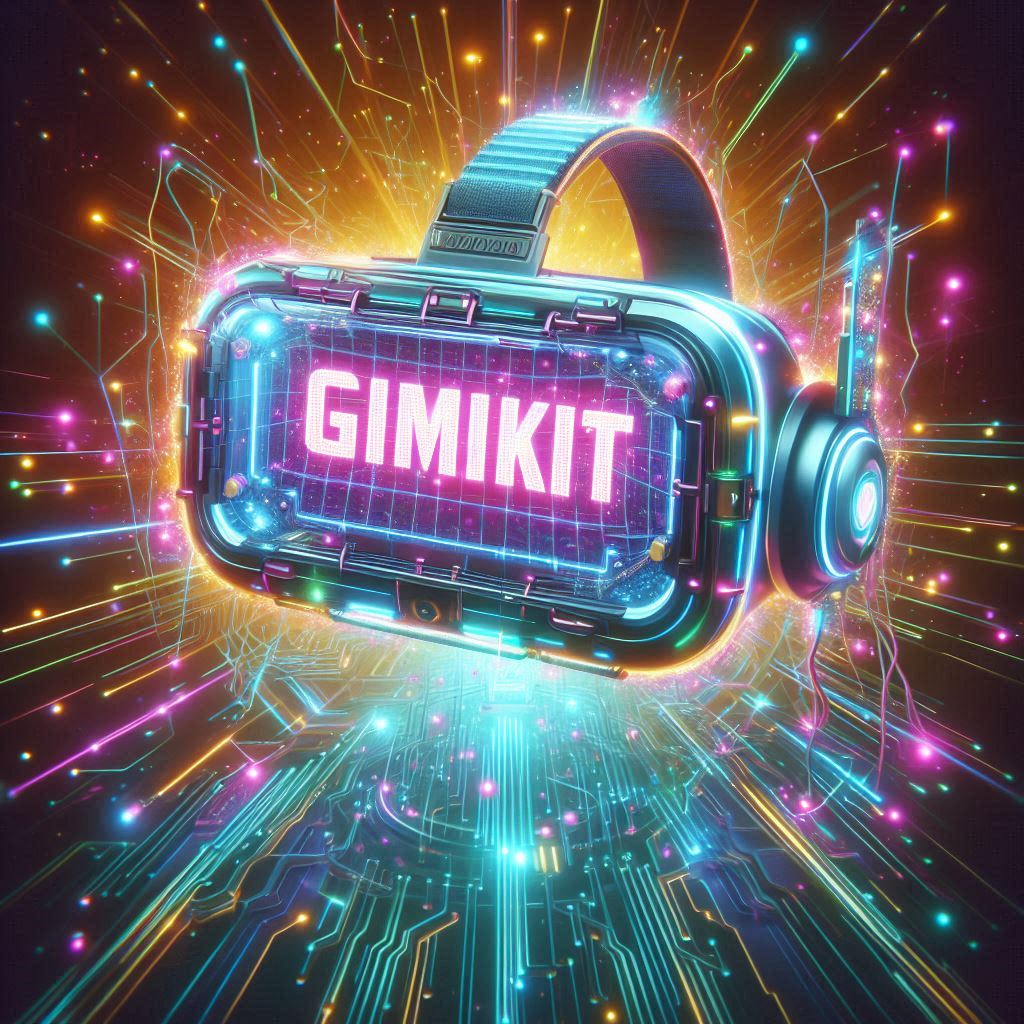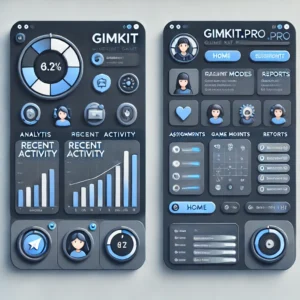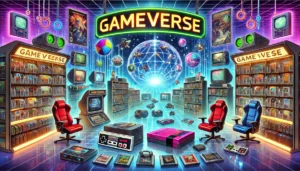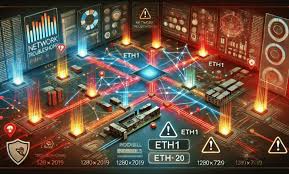
Introduction to Gimkit
Gimkit has become an incredibly popular interactive learning tool, especially in classrooms where engagement is key. This online quiz-based game allows students to learn in a fun, competitive environment while teachers monitor their progress in real-time. Unlike traditional quiz tools, Gimkit adds layers of excitement by incorporating game mechanics such as earning in-game currency, purchasing upgrades, and using power-ups. These features transform what might otherwise be a dull review session into an exciting and motivating experience.
However, excelling at Gimkit and fully maximizing its classroom potential requires a strategic approach. Whether you’re a student aiming to score the most points or a teacher trying to make learning fun, adopting a few key strategies can make all the difference. This article explores five proven strategies to succeed in Gimkit while enhancing the classroom experience.
Strategy 1: Master the Basics
The first step to success in Gimkit is mastering the basic gameplay. Gimkit operates through a simple premise: answer questions correctly to earn in-game cash. This currency is then used to purchase power-ups, upgrades, or strategies to outwit opponents. However, before diving into these advanced elements, it’s crucial to understand the core gameplay.
Start by familiarizing yourself with the game’s different modes. For example, in Classic Mode, players compete individually to answer the most questions correctly. Team Mode divides players into teams, making collaboration essential, while Trust No One offers a more strategic gameplay style, where students need to figure out imposters. Understanding these modes can help tailor your approach depending on the game’s structure.
Another essential tip is to pay attention to the point accumulation system. In Gimkit, answering questions quickly and accurately will earn more points, but mistakes can cost you. Knowing when to play it safe versus when to take a risk is crucial. By mastering the basics, players can set a solid foundation for more advanced strategies and ensure that they’re making the most of their gameplay from the start.

Strategy 2: Prioritize Upgrades
One of the defining features of Gimkit is its in-game upgrade system. Players earn currency for correct answers, which they can spend on upgrades that significantly impact their gameplay. Prioritizing upgrades can make or break a game, especially in modes where every second counts.
The first step in mastering this strategy is to identify the most valuable upgrades. Typically, money multipliers are among the best upgrades to invest in early. By doubling or tripling your earnings with each correct answer, you can snowball your in-game wealth faster than your competitors. However, other upgrades like speed boosts or power-up improvements can be equally valuable depending on the game mode.
It’s also important to balance upgrading with spending money on power-ups. While upgrades provide long-term benefits, power-ups give short-term advantages that can turn the tide in a close match. Knowing when to invest in upgrades versus when to spend on power-ups is key to maximizing your score. By strategically managing your in-game currency, you can greatly increase your chances of winning.
Strategy 3: Collaborate with Teammates
In Team Mode, teamwork is the name of the game. Success in this mode depends not only on individual performance but also on how well you collaborate with your teammates. Effective communication and coordination can lead to higher scores, faster question answering, and overall better performance for your team.
A winning strategy in Team Mode is to assign roles. Some players can focus on answering questions quickly, while others might prioritize managing the team’s upgrades and power-ups. By splitting responsibilities, the team can operate more efficiently. Communication is also key—keeping your teammates updated on your progress or alerting them when you’re about to deploy a power-up can create a seamless experience.
Additionally, don’t be afraid to ask for help. If a teammate is struggling with a question, stepping in to help them not only benefits them but also contributes to the team’s overall score. By fostering a collaborative environment, teams can maximize their chances of winning and create a more engaging, inclusive classroom experience.

Strategy 4: Use Power-Ups Wisely
Power-ups are one of the most exciting elements of Gimkit. They allow players to gain temporary advantages, such as freezing an opponent’s screen, doubling earnings, or increasing answering speed. However, using power-ups recklessly can backfire, so it’s important to deploy them strategically.
The first key to this strategy is understanding the types of power-ups available. For instance, Freezer can be used to slow down competitors, while Double Cash can be deployed to maximize earnings during crucial moments. Knowing when to use each power-up is crucial to success. For example, saving Double Cash for a long streak of correct answers ensures you’re maximizing its benefits.
It’s also important to avoid overuse of power-ups. Deploying too many at once may overwhelm your resources, leaving you vulnerable during critical moments later in the game. Instead, use power-ups sparingly and at pivotal times when you can secure the greatest impact.
Finally, pay attention to your opponents’ power-ups. If you notice they’re gaining momentum, using a disruptive power-up like Freezer can slow them down and give you the edge. By mastering the timing and use of power-ups, you can stay ahead of the competition and enhance your gameplay.

Strategy 5: Keep the Fun in Focus
At the end of the day, Gimkit is about more than just winning—it’s about making learning fun. Balancing the competitive elements of the game with an enjoyable classroom environment is crucial for long-term success.
For teachers, it’s important to remind students that the main goal is to learn and enjoy the process. While competition can motivate students, making the game too intense can diminish the fun. Encourage a positive environment where students support each other and celebrate their collective achievements.
Students, too, can focus on having fun by participating with enthusiasm and cheering on their classmates. After all, Gimkit’s unique blend of learning and gaming is designed to make education more engaging. Keep the fun in focus by balancing competitiveness with encouragement, and everyone in the classroom will benefit.
Conclusion
Succeeding in Gimkit requires a balance of strategy, collaboration, and fun. By mastering the basics, prioritizing upgrades, working together as a team, using power-ups strategically, and keeping the focus on fun, both students and teachers can create an engaging and productive learning environment. These strategies not only help players excel in the game but also make the classroom experience more enjoyable and rewarding for everyone.






